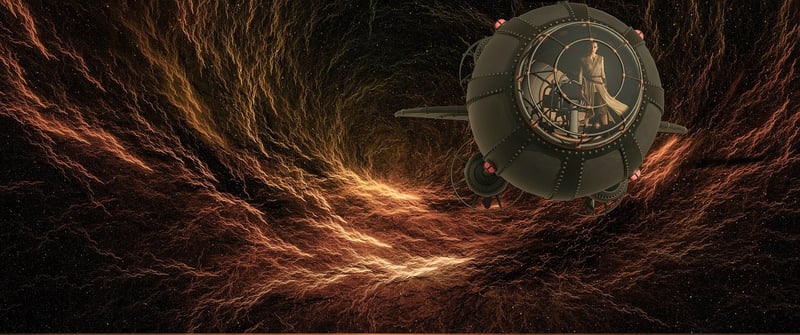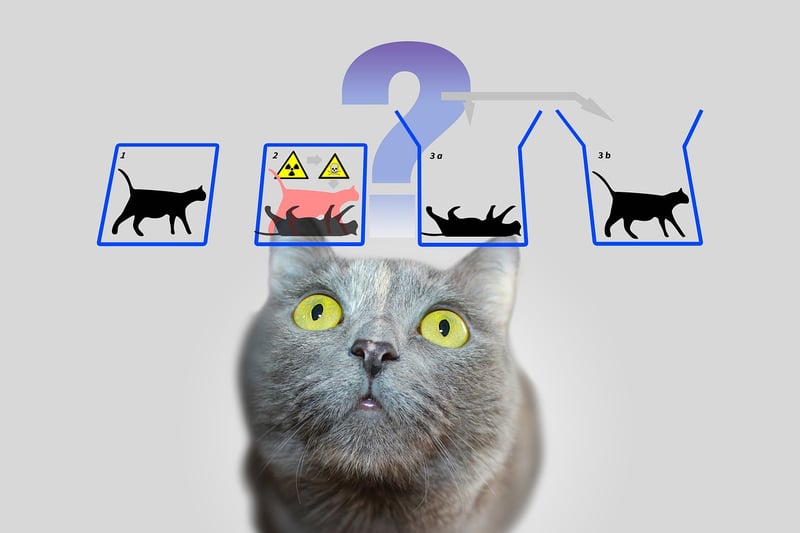Experimental Prototypes
The Fascinating World of Time Travel: Methods and Experimental Prototypes
Time travel has long been a subject of fascination and speculation in science fiction, but recent developments in physics have brought this concept closer to reality. Let's delve into the various methods of time travel that scientists are exploring, as well as some experimental prototypes that may one day allow us to journey through time.
1. Wormholes
One of the most popular theories for time travel involves the use of wormholes. Wormholes are hypothetical passages through space-time that could create shortcuts for long journeys across the universe. While the existence of wormholes has not been proven, physicists continue to study this phenomenon for its potential implications for time travel.

2. Time Dilation
According to Einstein's theory of relativity, time passes at different rates depending on the speed of an object and the strength of gravity. This phenomenon, known as time dilation, has been observed in experiments with high-speed particles and atomic clocks. While time dilation does not allow for traditional time travel, it does offer insights into the nature of time and space.

3. Quantum Entanglement
Quantum entanglement is a phenomenon where two particles become connected in such a way that the state of one particle instantly affects the state of the other, regardless of the distance between them. Some scientists speculate that quantum entanglement could be used to transmit information faster than the speed of light, potentially leading to communication across time.

Experimental Prototypes
While full-fledged time machines remain a dream for now, researchers have developed experimental prototypes that push the boundaries of our understanding of time and space. These prototypes often involve complex equipment and cutting-edge technology, paving the way for future breakthroughs in temporal manipulation.
1. Chronology Protection Conjecture
Proposed by physicist Stephen Hawking, the Chronology Protection Conjecture suggests that the laws of physics prevent time travel on a macroscopic scale. Experimental tests and simulations have been conducted to explore the validity of this conjecture and its implications for the possibility of time travel.
2. Quantum Teleportation
Quantum teleportation is a process that involves transferring the quantum state of one particle to another, effectively "teleporting" information across space. While quantum teleportation does not involve physical time travel, it showcases the potential for instantaneous communication over vast distances.
3. Time Crystals
Time crystals are exotic states of matter that exhibit periodic motion in both space and time. These structures defy the conventional laws of thermodynamics and could hold the key to new forms of time manipulation. Scientists are actively researching time crystals to unlock their potential applications, including in the realm of time travel.
While time travel remains a tantalizing prospect that captivates the imagination, the scientific exploration of time manipulation continues to inspire new discoveries and push the boundaries of our understanding of the universe.
